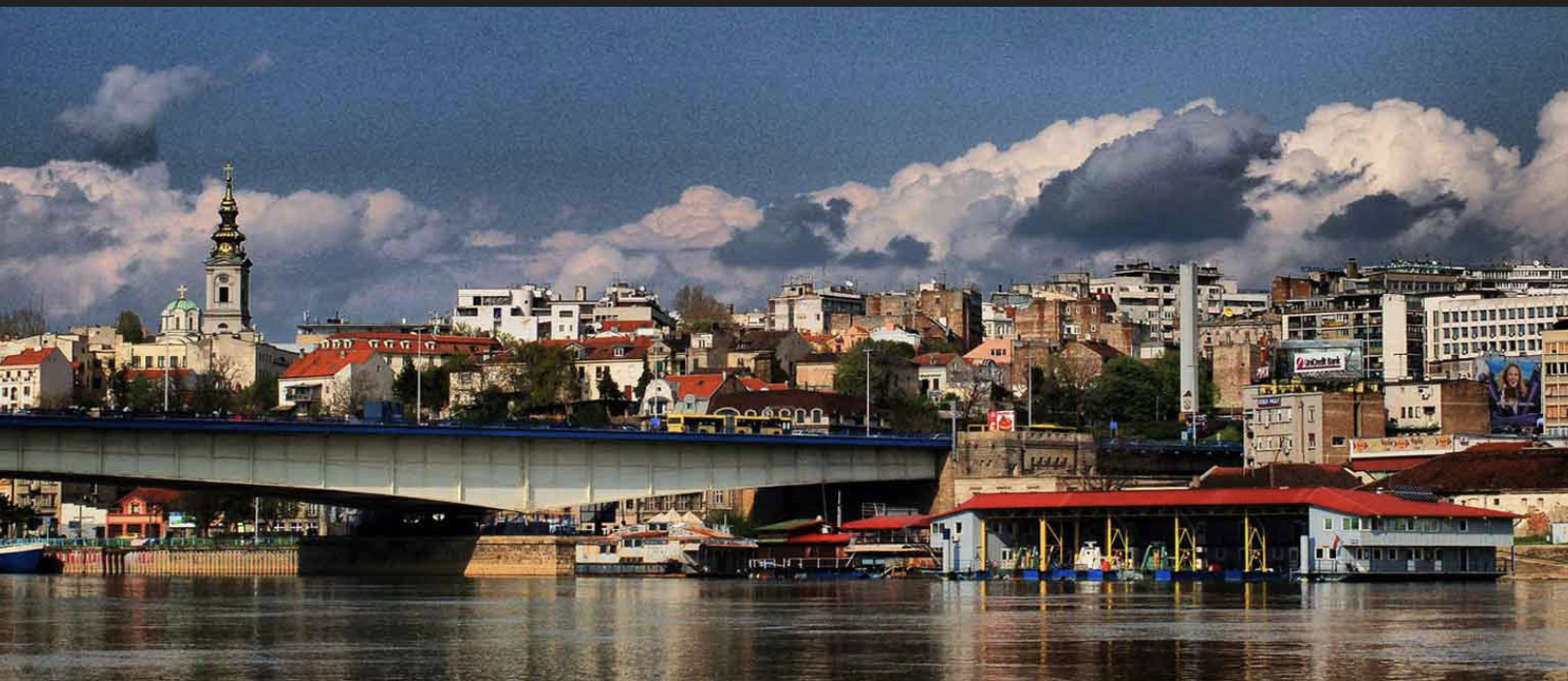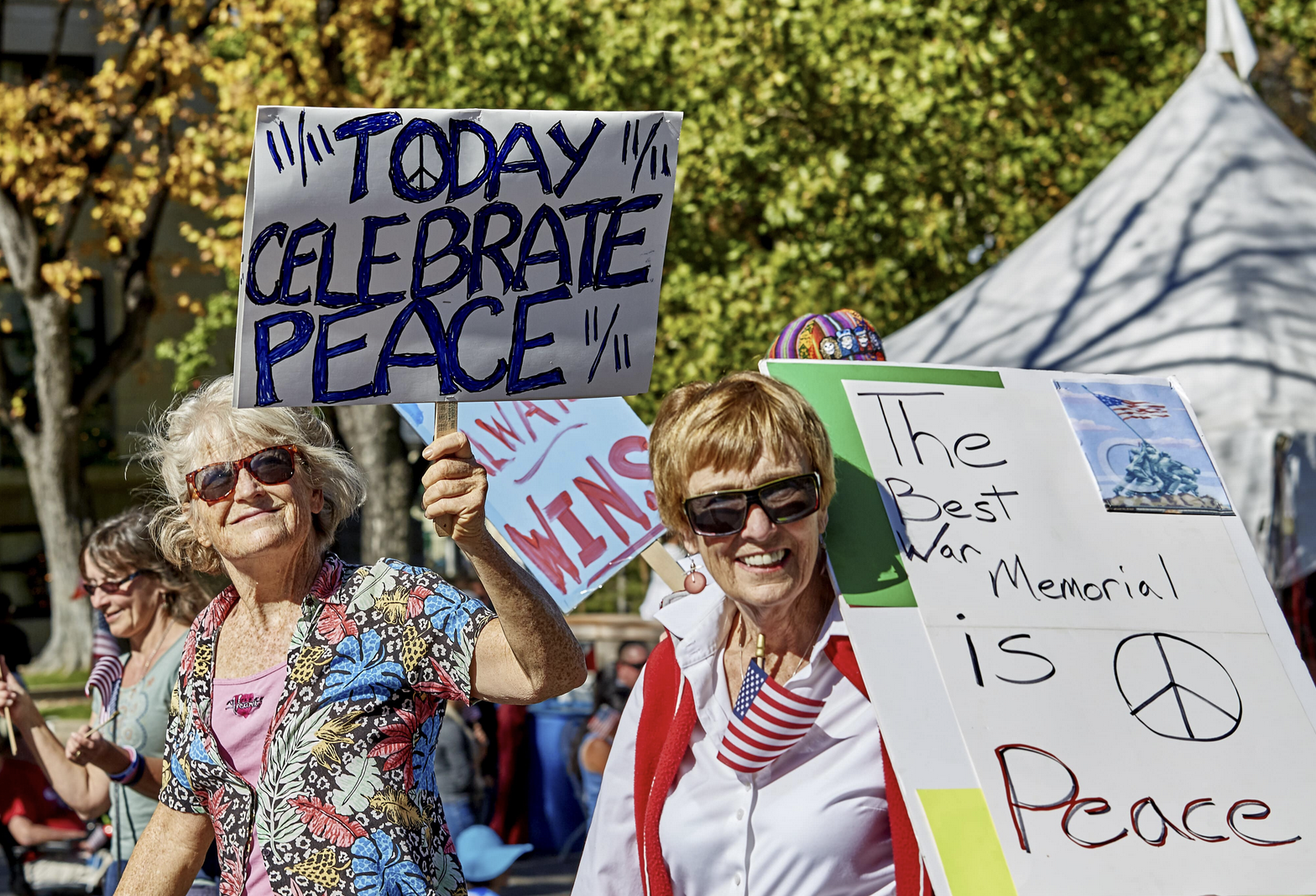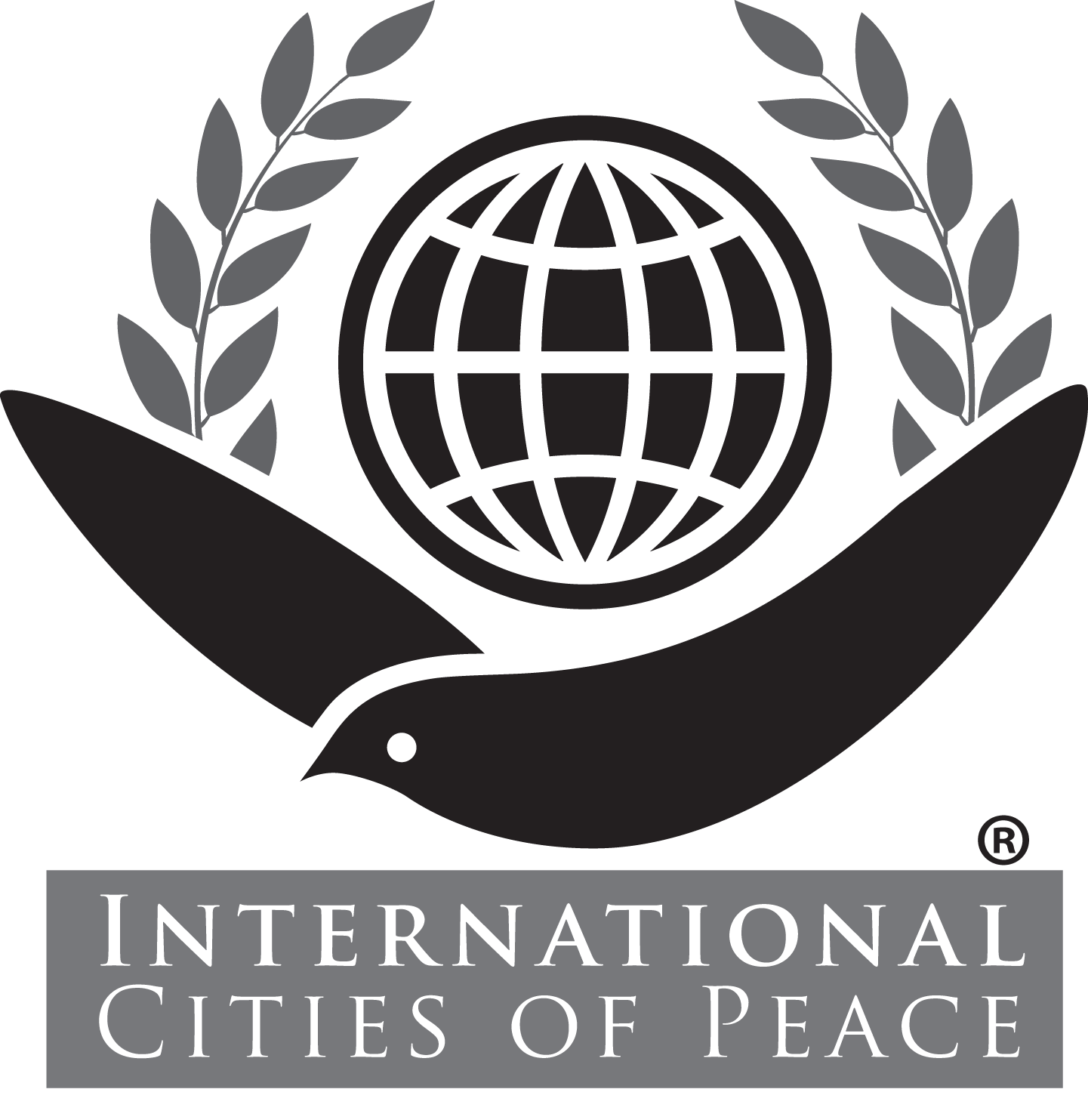| Community State/Province Country |
City of Belgrade, Serbia
|
| Community Photo |
 |
| Full Name of Contact |
| Miomir Rajcevic |
|
|
| Contact Email |
| rajcevic@me.com |
| Title of Project |
| BEACON SPLASH – Belgrade European Academy for Civic and Organizational Nurturing: Sustainable Peace Leadership and Social Harmony |
| One to Two Sentence Program Vision |
| The BEACON SPLASH project aims to establish many new ACTIVE International Cities of Peace, at least one in every European country. By empowering youth and enhancing civic engagement, this initiative will create a vibrant network dedicated to sustainable peace and social harmony. |
| Descriptions of Challenges |
| The BEACON SPLASH project is crucial for the future of Europe due to several key challenges it addresses:
– Rising Disinformation: The spread of disinformation threatens democratic processes and social cohesion. By enhancing digital literacy and critical assessment skills, the project aims to combat this issue.
– Youth Engagement: Many young people feel disconnected from civic processes. The project empowers youth through leadership training and civic engagement, ensuring their active participation in shaping the future.
– Marginalized Groups: Ensuring inclusive participation is vital. The project focuses on marginalized and vulnerable groups, providing them with the support and resources needed to engage in civic activities.
– Regional Instability: Political and social challenges, including the war in Ukraine, create instability. The project fosters resilience and cooperation among European cities, promoting peace and stability.
– Capacity Building: Civil society organizations cannot often advocate effectively for rights and democratic values. The project enhances their skills and resources, enabling them to operate more effectively.
– Networking and Collaboration: Building a robust network of Cities of Peace across Europe facilitates the sharing of best practices and collaborative strategies, strengthening the overall civic space.
By addressing these challenges, the BEACON SPLASH project with more Cities of Peace aims to create an additional vibrant, resilient, and peaceful Europe, empowering young leaders to drive positive change and uphold EU values. |
| Longer Project Description |
| The BEACON SPLASH project aims to foster sustainable peace leadership and social harmony across European Cities of Peace through a combination of development, care, attention, support, and networking. This initiative will empower youth, enhance civic engagement, and promote EU values. Development of many Cities of Peace, at least one in every European country, is a key focus of this project.
The project addresses several key challenges that are crucial for the future of Europe:
Rising Disinformation: The spread of disinformation threatens democratic processes and social cohesion. By enhancing digital literacy and critical assessment skills, the project aims to combat this issue.
– Youth Engagement: Many young people feel disconnected from civic processes. The project empowers youth through leadership training and civic engagement, ensuring their active participation in shaping the future.
– Marginalized Groups: Ensuring inclusive participation is vital. The project focuses on marginalized and vulnerable groups, providing them with the support and resources needed to engage in civic activities.
– Regional Instability: Political and social challenges, including the war in Ukraine, create instability. The project fosters resilience and cooperation among European cities, promoting peace and stability.
– Capacity Building: Civil society organizations cannot often advocate effectively for rights and democratic values. The project enhances their skills and resources, enabling them to operate more effectively.
– Networking and Collaboration: Building a robust network of Cities of Peace across Europe facilitates the sharing of best practices and collaborative strategies, strengthening the overall civic space.
The objectives of the project are to enhance the skills and capacities of young leaders in peacebuilding and civic engagement, provide emotional and psychological support to youth involved in peace initiatives, focus on marginalized and vulnerable groups to ensure inclusive participation, offer resources and mentorship to youth-led organizations and initiatives, and create a robust network of Cities of Peace to share best practices and collaborate on common challenges.
Key activities include conducting workshops on peace leadership, digital literacy, and organizational management, facilitating exchanges between young people from different Cities of Peace to foster intercultural dialogue and learning, launching public awareness campaigns to raise awareness about civic rights and responsibilities, hosting annual conferences to discuss strategies for sustainable peace and social harmony, and developing a digital platform for resource sharing, networking, and dissemination of information on democratic participation and rights protection.
The expected outcomes are improved ability of youth organizations to advocate for peace and democratic values, strengthened networks and partnerships among participating cities, increased engagement of young people in civic activities and democratic processes, and enhanced understanding of civic rights and critical assessment of information to combat disinformation.
The BEACON SPLASH project will contribute to a more vibrant and resilient civic space in Europe, empowering young leaders to drive positive change and promote sustainable peace. |
| First Project Steps |
| Preparatory Phase
Objectives:
– Establish project governance and management structures.
– Conduct a needs assessment and baseline study in participating cities.
– Develop detailed project plans and timelines.
– Identify and engage key stakeholders, including youth organizations, civic leaders, and local governments.
– Launch initial public awareness campaigns to introduce the project and its goals.
Key Activities:
– Organize kick-off meetings and workshops to align all partners.
– Conduct training sessions for project staff and volunteers.
– Develop and launch a digital platform for resource sharing and networking.
– Begin the recruitment process for youth participants and mentors.
– Initiate preliminary workshops on peace leadership and digital literacy.
Outcomes:
– Established project governance and management structures.
– Completed needs assessment and baseline study in participating cities.
– Developed detailed project plans and timelines.
– Engaged key stakeholders, including youth organizations, civic leaders, and local governments.
– Launched initial public awareness campaigns to introduce the project and its goals.
– Created and launched a digital platform for resource sharing and networking.
– Recruited youth participants and mentors.
– Conducted preliminary workshops on peace leadership and digital literacy. |
| Who the Project Impacts |
| The BEACON SPLASH project will impact various stakeholders, including:
– Existing, New, and Future International Cities of Peace: These cities will strengthen their networks and share best practices, fostering collaboration and resilience across Europe.
– Youth Participants: Young individuals will gain leadership skills, civic knowledge, and opportunities for active engagement in their communities.
– Marginalized Groups: Members from marginalized and vulnerable communities will receive support, resources, and training to ensure their voices are heard and included.
– Civil Society Organizations: These organizations will benefit from capacity building, enabling them to advocate more effectively for rights and democratic values.
– Local Communities: Communities will experience enhanced social cohesion and harmony through active youth participation and awareness campaigns.
– Educational Institutions: Schools and universities may incorporate the project’s workshops and resources into their curricula, promoting civic literacy among students.
– Policymakers: The insights and advocacy from empowered youth and civil society can influence local and national policies related to peace, democracy, and social cohesion.
– Media: By improving digital literacy and critical assessment skills, the project will enhance the media literacy of participants, equipping them to better navigate disinformation.
– International Organizations: The project aligns with broader EU initiatives for peace and unity, contributing to cooperative frameworks and policies on a larger scale.
Through these impacts, the BEACON SPLASH project aims to foster a more resilient civil society that promotes sustainable peace and social harmony across Europe. |
| Follow-up Phase II Steps |
| Phase 2: Implementation Phase
Objectives:
– Roll out full-scale project activities across participating cities.
– Facilitate youth exchanges and intercultural dialogue programs.
– Conduct comprehensive workshops on peace leadership, digital literacy, and organizational management.
– Implement public awareness campaigns on civic rights and responsibilities.
– Host the first annual regional conference to discuss strategies for sustainable peace.
Key Activities:
– Execute workshops and training programs in all partner cities.
– Organize youth exchange programs to foster intercultural understanding.
– Launch targeted public awareness campaigns in each city.
– Hold the first annual conference to share best practices and collaborate on challenges.
– Continuously update and maintain the digital platform with new resources and information.
Outcomes:
– Successfully rolled out full-scale project activities across participating cities.
– Facilitated youth exchanges and intercultural dialogue programs.
– Conducted comprehensive workshops on peace leadership, digital literacy, and organizational management.
– Implemented public awareness campaigns on civic rights and responsibilities.
– Hosted the first annual regional conference to discuss strategies for sustainable peace.
– Continuously updated and maintained the digital platform with new resources and information.
– Increased engagement and participation of youth in civic activities.
Phase 3: Consolidation and Evaluation Phase
Objectives:
– Evaluate the impact and outcomes of the project activities.
– Strengthen and formalize the network of Cities of Peace.
– Develop sustainability plans to ensure the continuation of project initiatives.
– Share project results and best practices with a broader audience.
– Prepare final reports and documentation for stakeholders and funders.
Key Activities:
– Conduct comprehensive evaluations and impact assessments.
– Organize the second annual regional conference to present findings and plans.
– Develop sustainability and exit strategies for ongoing initiatives.
– Publish and disseminate project results, case studies, and best practices.
– Finalize and submit reports to stakeholders and funders.
Outcomes:
– Conducted comprehensive evaluations and impact assessments.
– Strengthened and formalized the network of Cities of Peace.
– Developed sustainability plans to ensure the continuation of project initiatives.
– Shared project results and best practices with a broader audience.
– Organized the second annual regional conference to present findings and plans.
– Published and disseminated project results, case studies, and best practices.
– Finalized and submitted reports to stakeholders and funders.
– Ensured the project’s long-term impact and sustainability through established networks and ongoing initiatives.
These outcomes will ensure the BEACON SPLASH project effectively fosters sustainable peace leadership and social harmony across Europe.
This phased approach ensures a structured and effective implementation of the BEACON SPLASH project, fostering sustainable peace leadership and social harmony across Europe. |
| How We Measure Success |
| Measuring the success of the BEACON SPLASH project can be achieved through a combination of quantitative and qualitative indicators. Here are several ways to evaluate the project’s outcomes effectively:
– Participant Engagement Metrics:
* Number of Participants: Track the number of youth and marginalized individuals engaged in workshops, training sessions, and activities.
* Diversity of Participants: Monitor the representation of different demographic groups, particularly marginalized communities.
– Skill Development Assessments:
* Pre- and Post-Training Surveys: Assess participants’ knowledge and skills in peace leadership, civic rights, and digital literacy before and after training modules.
* Self-Assessment: Participants can evaluate their confidence and skills in civic engagement and leadership on a scale before and after the program.
_ Civic Engagement Rates:
* Involvement in Civic Activities: Measure the increase in participation in civic activities, such as community service, local governance meetings, and peaceful demonstrations.
* Number of Initiatives Created: Track the number of youth-led initiatives and projects that emerge as a result of the training and support provided.
– Network Strengthening:
* Formation of Partnerships: Count the number of new partnerships or collaborations established among the Cities of Peace and other civic organizations, aiming for many new International Cities of Peace, at least one from each European country (50 countries in Europe).
* Participation in Networking Events: Monitor attendance and engagement levels in annual conferences and collaborative exchanges.
– Public Awareness and Campaign Effectiveness:
* Campaign Reach: Measure the reach and engagement of public awareness campaigns through social media analytics and community feedback.
* Changes in Public Perception: Conduct surveys to assess shifts in community awareness regarding civic rights and responsibilities before and after campaigns.
– Advocacy and Policy Impact:
* Policy Changes or Proposals: Track any changes in local or national policies influenced by advocacy efforts from youth and civil society organizations.
* Advocacy Success Stories: Collect qualitative case studies that demonstrate successful advocacy efforts and outcomes attributed to the project.
– Feedback and Testimonials:
* Participant Feedback: Gather qualitative feedback through interviews, focus groups, and surveys from participants about the impact of the project on their lives and communities.
* Success Stories: Document stories and experiences of individuals and organizations that have benefited from the project.
– Long-term Impact Assessment:
* Follow-Up Surveys: Conduct follow-up surveys 6 months to a year after project completion to gauge long-term engagement and lasting effects on participants.
* Community Change Indicators: Observe broader community changes, such as improved social cohesion, decreased disinformation incidents, and enhanced civic participation.
By utilizing these measures, the BEACON SPLASH project can effectively assess its impact on youth, marginalized groups, and the overall civic landscape in Europe, ensuring accountability and continuous improvement. |
| Detailed PDF of Project |
| BEACON-SPLASH-333e53c4551f051f878d6eb27ffef8df |
| Community Photo 2 |
 |
| Community Photo 3 |
 |
| Description of Photos |
| 1. View of Belgrade from the river
2.. St. Sava Church in Belgrade
3. People demonstrate for Peace |
| Final Comment |
| Thank you for selecting Belgrade to feature our BEACON SPLASH Project |
NOTE: The individual that filled out this application has testified that he/she will NOT use copyrighted information or photos for which they do not have permission. If information or photos used here are copyrighted, please contact us and we will immediately delete the copyrighted material. ® International Cities of Peace is a registered trademark of Cities of Peace, Inc. Trademarks include Inspire Peace™ and City-to-City Collaboration Program™. Safety, Prosperity, and Quality of Life: the Consensus Values of Peace (cc) by J. Frederick Arment is licensed under Creative Commons BY 4.0. To view a copy of this license, visit https://creativecommons.org/licenses/by/4.0 |




